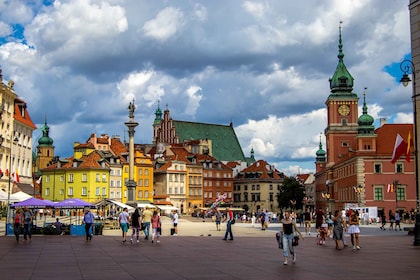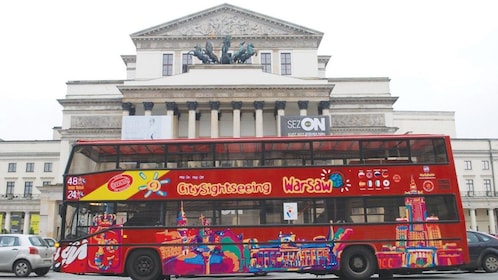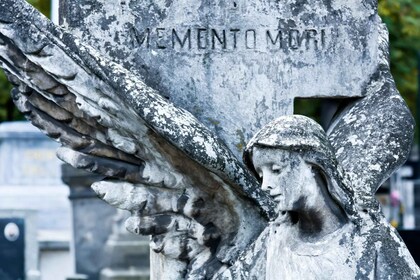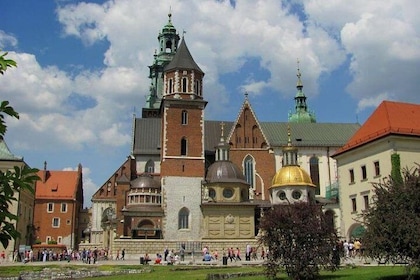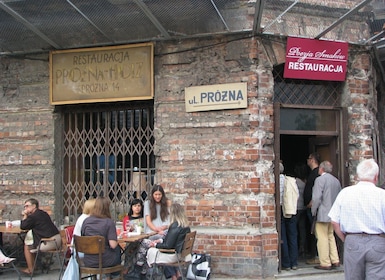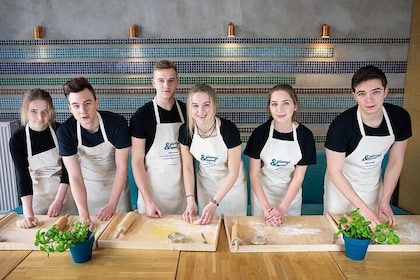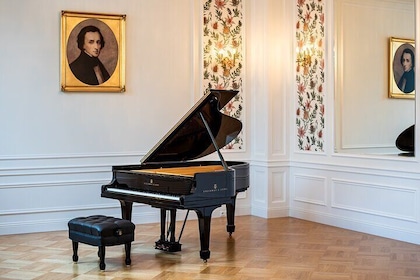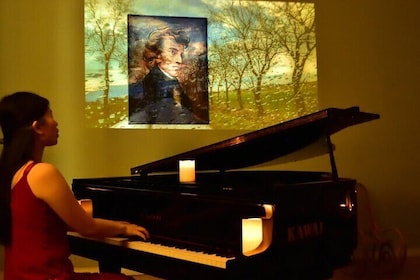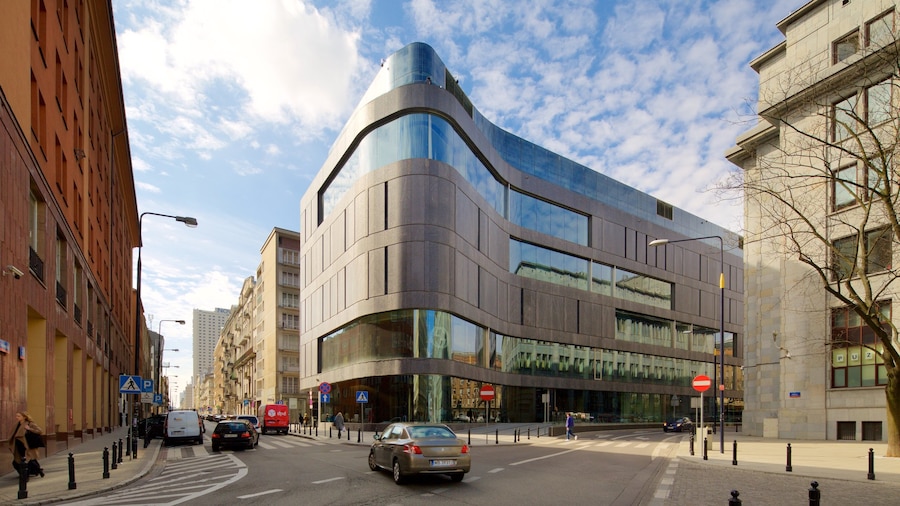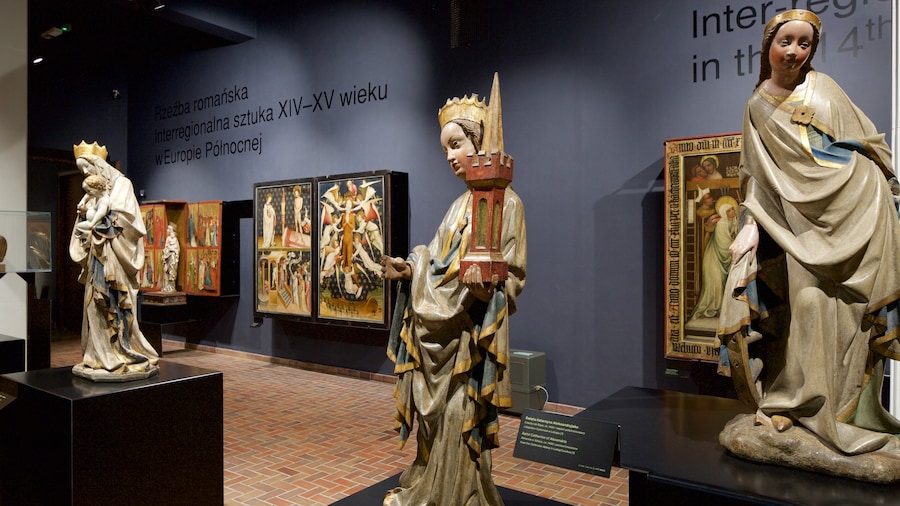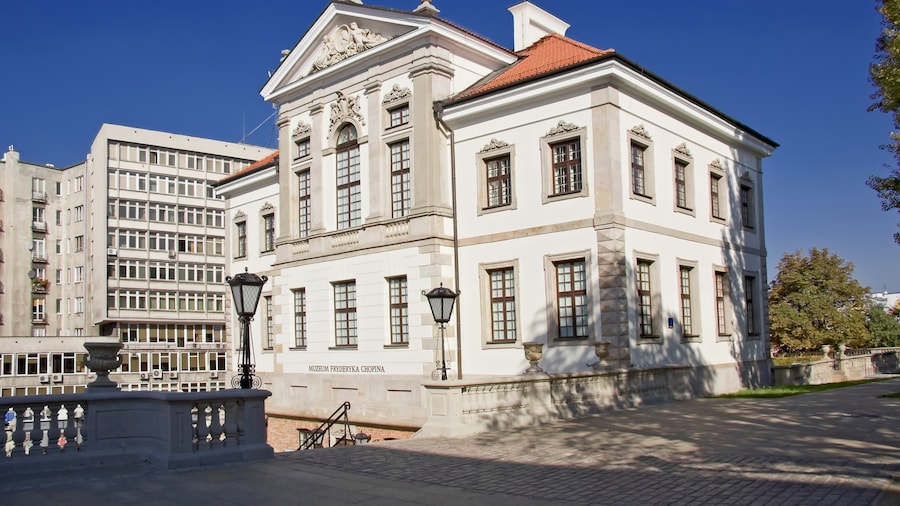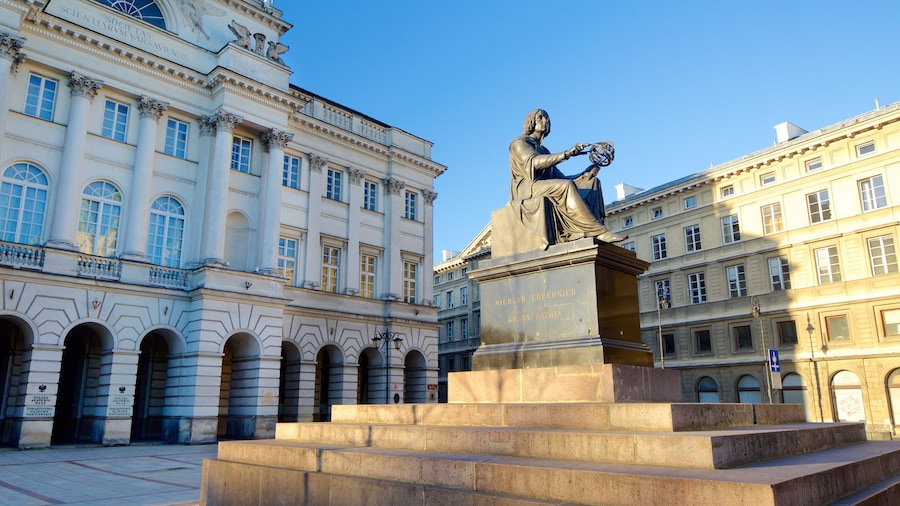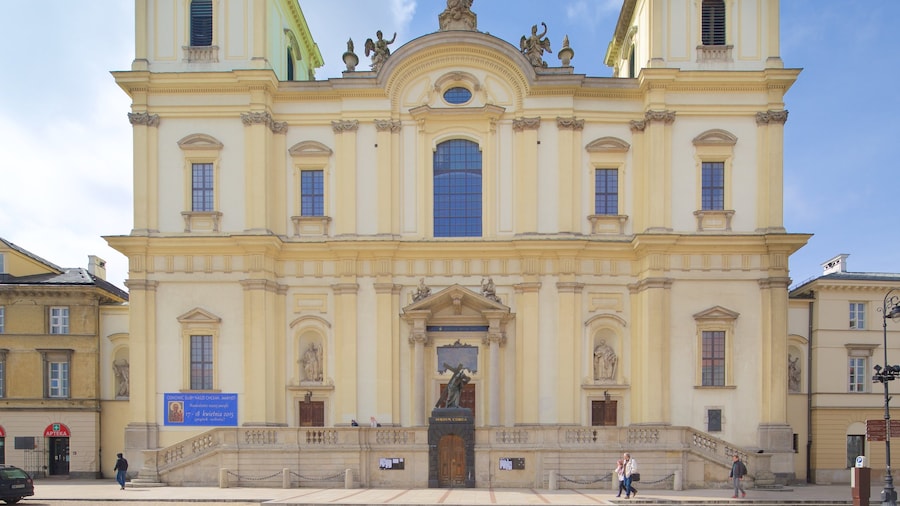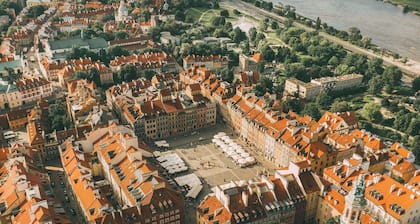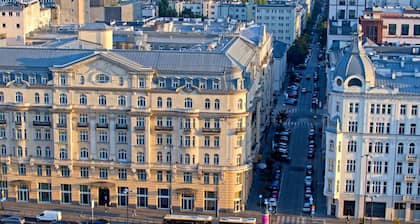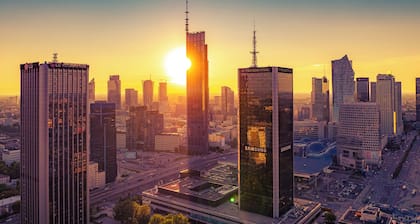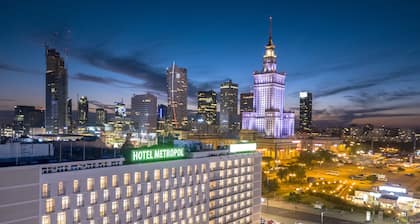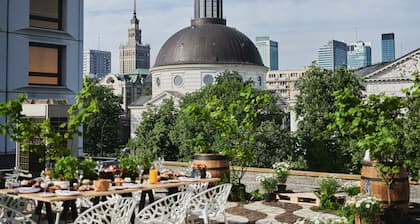Standing 49 feet (15 meters) tall, Warsaw’s Palm Tree is an unusual landmark that dominates the city’s Charles de Gaulle roundabout (Rondo de Gaulle). This art installation was created by artist Joanna Rajkowska in 2002 as an homage to members of the Jewish community who once lived in this area. Don’t miss the opportunity to see this offbeat icon.
Palm trees can’t grow in Warsaw’s cold climate, so you might be surprised to see one standing tall in the center of the Charles de Gaulle roundabout. The sculpture is the work of Joanna Rajkowska, who felt inspired after a trip to Israel to bring some of this country’s sunny atmosphere back to Warsaw. Adding to the palm’s significance is that Aleje Jerozolimskie, or Jerusalem Avenue, was the site of a Jewish settlement in the 18th century. Rajkowska originally wanted to erect an entire row of palm trees along the street, but ultimately only this one was created.
Look closely at this surprisingly life-like palm tree, which is made from a combination of steel, plastic and other materials that allow it to withstand wind, rain and snow. The palm tree continues to inspire mixed feelings from Warsaw’s locals. As a symbol of foreign countries and cultures, the palm is thought to represent the division between the members of society who welcome outsiders and those who prefer to keep Polish society closed.
Check out the austere former Communist Party headquarters building, another landmark at the Charles de Gaulle roundabout. After the decline of Communism, the building was home to the Warsaw Stock Exchange for more than a decade. Today, it houses offices, a popular specialist draft beer bar and a few luxury boutiques. Look for a statue of Charles de Gaulle himself just in front of this building.
The Palm Tree at Rondo de Gaulle stands at the intersection of Aleje Jerozolimskie and Nowy Świat. Walk here from the Old Town or ride the bus or tram.

